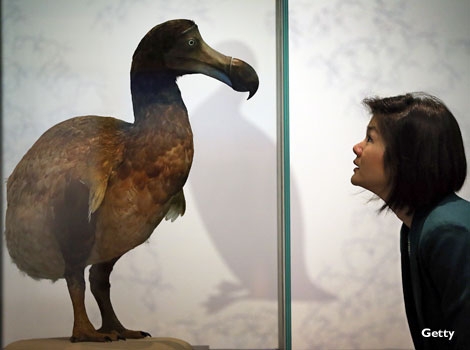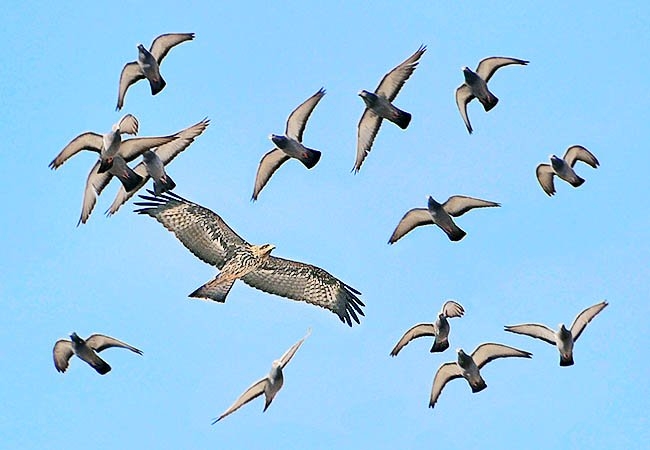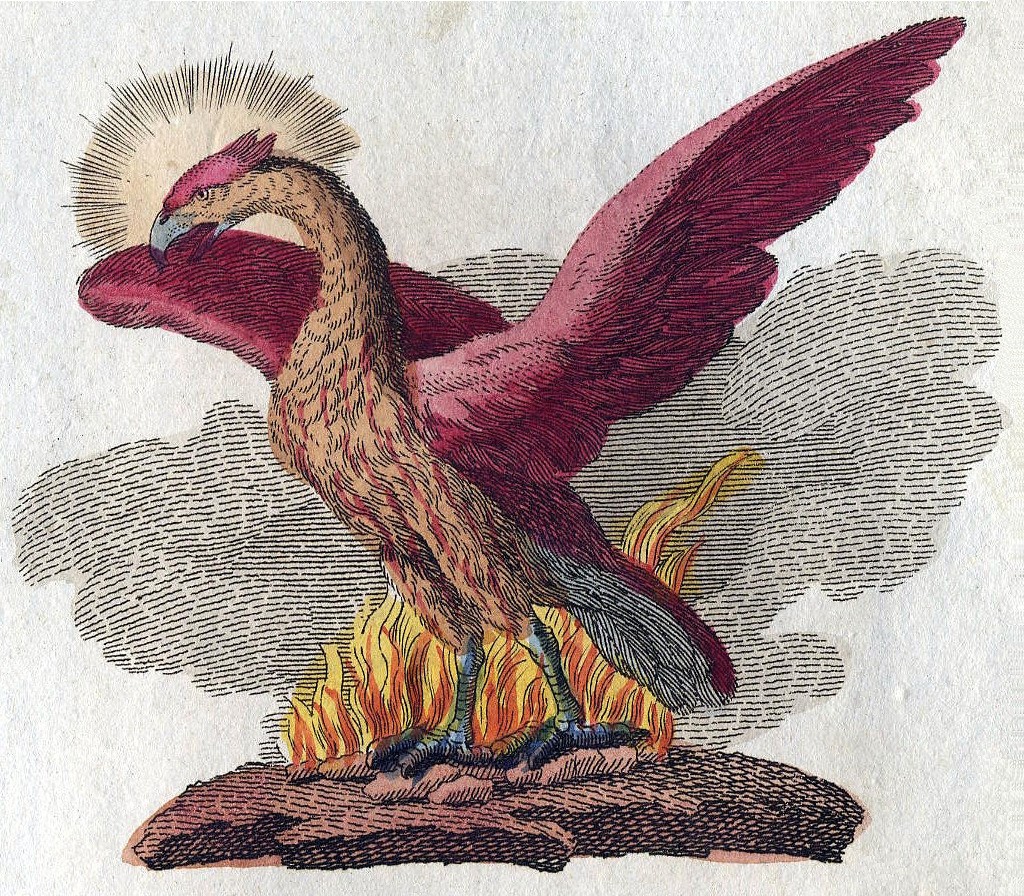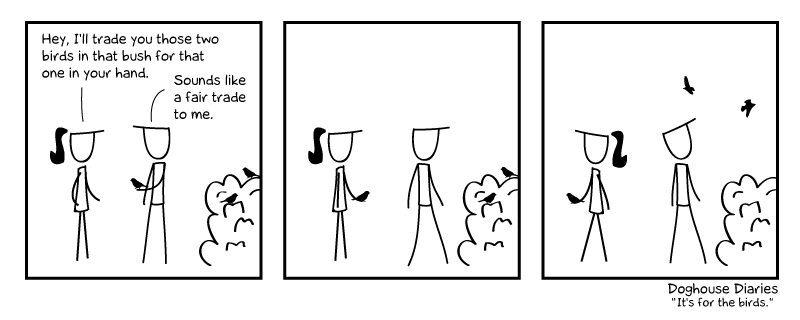A Bird in the hand: Use what we have to secure what we need
Over the last twenty years, across the world, I’ve come across four distinct ways of thinking about building community in difficult times. Naturally enough, these patterns of thought flow into practice, sometimes to good effect, and sometimes in ways that do profound harm. I characterise them as follows:
- Dead as a Dodo.
- The Eagle among the pigeons.
- The Phoenix rising.
- A bird in the hand.
The first two are externally oriented (outside in), the third and fourth tend to be more internally focused (inside out).
-
Dead as a Dodo

©Peter Macdiarmid/ Getty Images
It involves thinking of the community as though it had crossed the Rubicon of extinction: there is nothing of current worth there to invest in. Consequently, the place is both completely ignored and passed over, or all investment is future orientated, relief based and ameliorative.
Levelling what is currently there (including history and culture) and bringing in external solutions, people, money, expertise is, ‘they’ say, the only hope.
Time and time again I have seen this mindset at play in many (though not all) regeneration strategies across Europe.
-
The Eagle among the pigeons

©Gianfranco Colombo
In this narrative, at best, the elite or most ‘presentable’ strengths of the community are lifted up, while it’s challenges are completely ignored. The investment is solely made in the upwardly mobile.
At worst, as in the ‘dead as a dodo’ line of thought, it’s oriented towards the external ‘Eagles’ (read Eagles to mean those with so-called advanced capacity to compete and win out against their peers-we mast this with language like ‘people with ‘drive’, ‘goals’, ‘aspiration’) and bringing them in to ‘develop’ the community.
So it follows two possible trends
- Focusing solely on the elite within the community and helping them pursue external possibilities.
- Re-engineering the social mix by peppering the pigeons with Eagles from outside.
-
The Phoenix rising

©Wikipedia
This narrative can be truly hopeful: a resolute statement that this community is rising from the ashes, in difficult times.
This is a hopeful ‘story of us‘ and one that could bring an entire community on a progressive journey. But on balance, what brings people, their ecology and their economy on an enduring journey of resurgence, is the idea that regular people in regular places can and do rise from the ‘assets’ of that community -and not just the ashes- to use what they have to secure what they need.
This is an act of revelation, which makes the invisible Phoenix in every citizen and group visible. This is an anti-hero narrative. In this version the bird does not flee the nest to save the world, but stays at home and makes small and local its focus. Growing from inside out. There are no Hollywood endings, just ordinary people doing ordinary, and sometimes extraordinary things, together.
-
A bird in the hand

©Doghousediaries
A bird in the hand is worth two in the bush, the saying has it. It’s a philosophy that reminds us to use what we have to secure what we need. It prompts us to make change happen from inside out by intentionally using resources that are already in the community and under community influence as our starting point.
It doesn’t mean we don’t need resources from outside. It means we are more likely to gain and benefit from those resources if we determine what we need first. And as John McKnight would say: ‘You can’t know what you need, until you first know what you have’.
Of course the assumption that we have far more in hand than we realised and by discovering what’s there already we grow a more sustainable future, which we produce with our resources and those of our neighbours, is an uncommon one. Nevertheless, every time I see that mindset applied what I witness is more:
- Ownership.
- Sustainability.
- Inclusion.
- Bottom up, citizen led invention.
Which would you choose?
Not to put to fine a point on it, based on what I’ve witnessed on my travels, the first two are non-sustainable; the third, if we’re not careful, may become the stuff of a bad Hollywood ‘B’ movie though, to be fair it, could equally be the frame of a more hopeful resurgence. The fourth feels most realistic and inclusive to my mind when it comes to producing a sustainable and sustaining future.
Of course there are many other ways of thinking about community building over and above these ‘four attitudes’. But I think it’s important however we frame it, to declare our ‘biases’ publically and then deliberate from there.
So my bias is that approaches which are:
- Internally focused but outward in direction when needed.
- Relationship and network orientated (not hierarchical and centralised).
- Capacity oriented while being actively inclusive of all gifts and welcoming of those on the margins.
Will most likely prevail in difficult times.
Someone once quipped that biases are like foreheads, ‘everyone, but you, can see them’. So when it comes to building community, perhaps our first act of development should be to find a mirror; the second is to name our bias; and the third is to ask if that way of viewing the community is welcome and/or helpful.
Cormac Russell.
